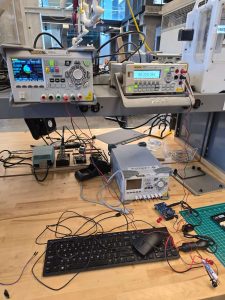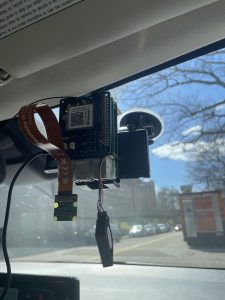This week, I successfully tested and brought up the uninterruptible power supply (UPS) module. Activities included setup, initial testing, installation, and integration with the Raspberry Pi 5 (RPI5).
Initially, powering via cable was unsuccessful due to lower-than-expected voltage, so I instead installed and powered the module directly through the RPI pins.
I brought up the UPS module connected to the RPI, wrote a script to detect battery charging and discharging states through if the direction of current flow, and modified this script to safely initiate an RPI shutdown sequence when power from the car is disconnected. This is very important for our project because we want to protect the board and the storage card for our system but the power supply from car shuts off right when the car is turned off by the driver. I also tested the script and if the safe RPI shutdown process was executted correctly when the power supply to the UPS is off.
Additionally, I reviewed the UPS documentation to investigate if automated restart of the RPI could be achieved when power returns. Currently, the UPS module lacks direct support for this function.
Next week, I plan to explore alternative solutions to automate restarting the system and eliminate the need for manually toggling the UPS module. Also next week I plan to test the safety and stability of the car cigarette lighter-to-UPS power supply adapter.
Progress:
Overall, progress is on track. I integrated together with Vicky on rpi modules and they are currently working. All team members conducted a initial road testing with our dash cam system to test the end-to-end functionality. We currently used a portable power supply for the power supply source for the UPS module before we could safely use the car cig-lighter power supply adaptor. The end-to-end system tested to be working as we could receive API calls on our AWS server from our dash cam.
Schedule:
- Explore alternative solutions to automate restarting the system and eliminate the need for manually toggling the UPS module.
- Test the safety and stability of the car cigarette lighter-to-UPS power supply adapter
- Interim Demo





